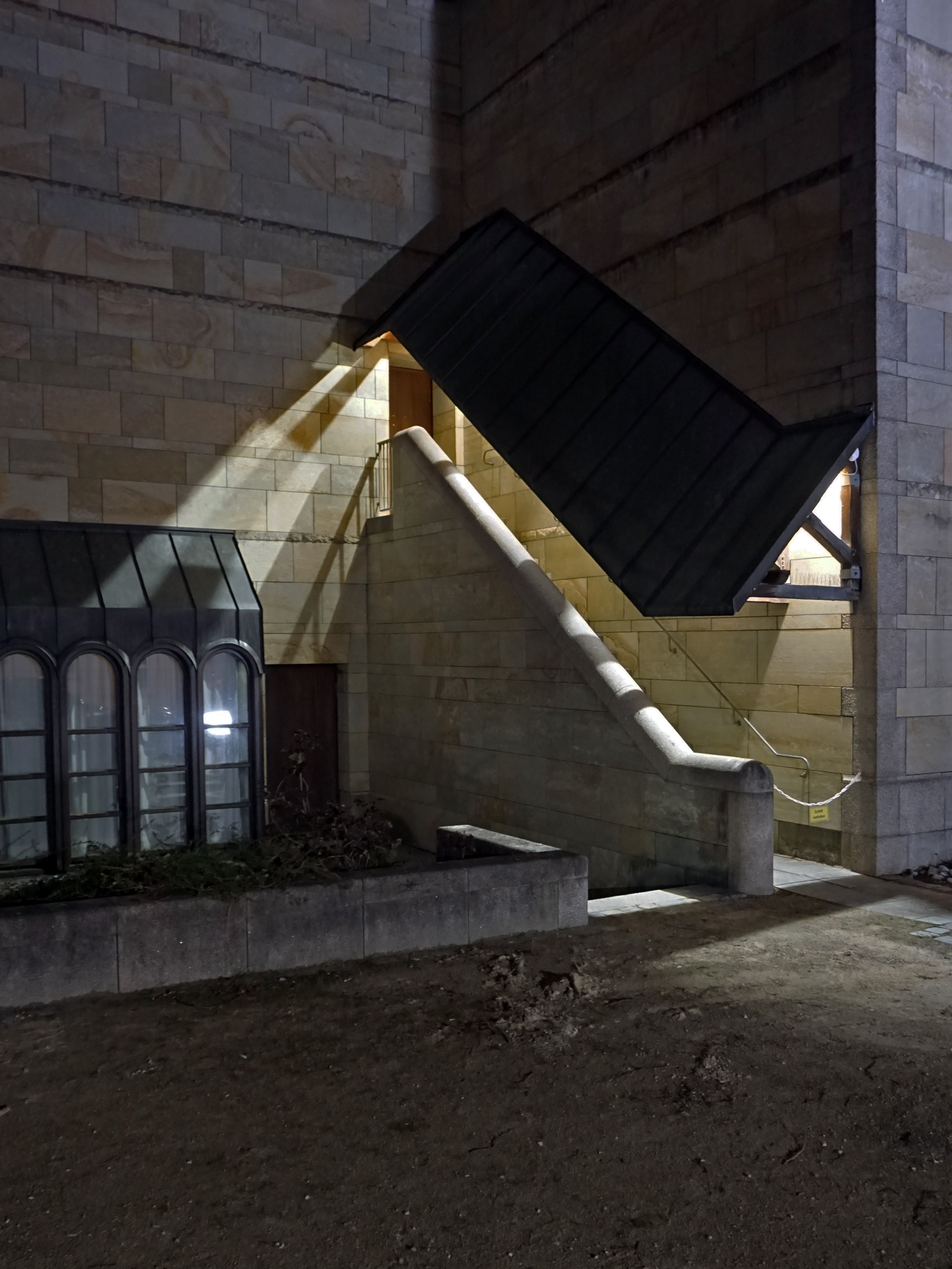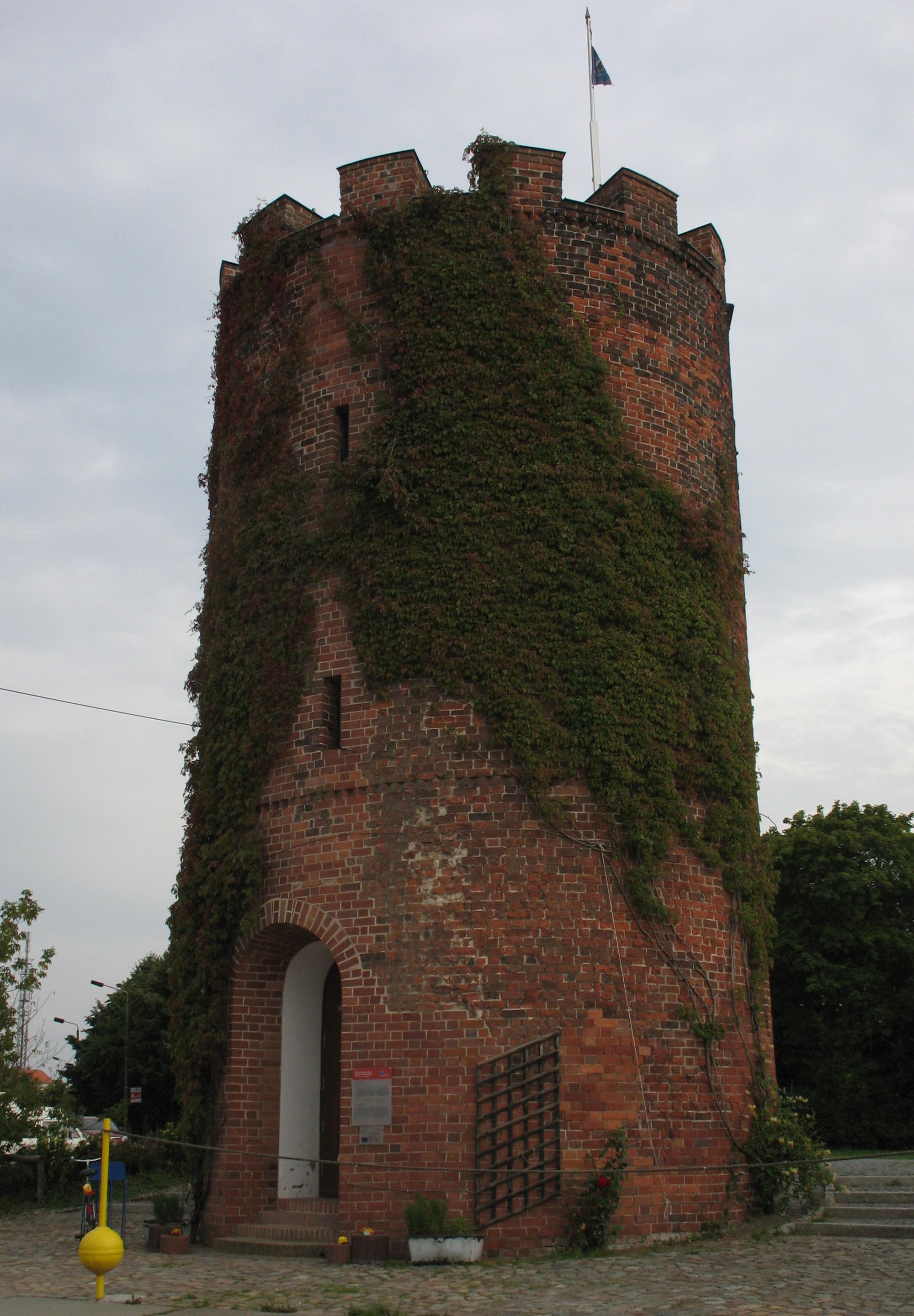|
The Gazebo (painting)
''The Gazebo'' or ''The Garden Bower'' is an 1818 oil on canvas painting by Caspar David Friedrich, now in the Neue Pinakothek The Neue Pinakothek (, ''New Pinacotheca'') is an art museum in Munich, Germany. Its focus is European Art of the 18th and 19th centuries, and it is one of the most important museums of art of the nineteenth century in the world. Together with th ..., in Munich. The artist is said to have given it to Johann Christian Finelius from Greifswald and until 1848 it was owned by Finelius's son Hermann Finelius, again in Greifswald. Hermann left it to his sister Friederike Buhtz, who in turn left it to Paul Hanow (1909–1936). It was lost in 1944 due to wartime conditions. See also * List of works by Caspar David Friedrich References External links * Paintings by Caspar David Friedrich 1818 paintings Collection of the Neue Pinakothek Churches in art Oil on canvas paintings {{19C-painting-stub ... [...More Info...] [...Related Items...] OR: [Wikipedia] [Google] [Baidu] |
Caspar David Friedrich
Caspar David Friedrich (5 September 1774 – 7 May 1840) was a 19th-century German Romantic landscape painter, generally considered the most important German artist of his generation. He is best known for his mid-period allegorical landscapes, which typically feature contemplative figures silhouetted against night skies, morning mists, barren trees or Gothic ruins. His primary interest was the contemplation of nature, and his often symbolic and anti- classical work seeks to convey a subjective, emotional response to the natural world. Friedrich's paintings characteristically set a human presence in diminished perspective amid expansive landscapes, reducing the figures to a scale that, according to the art historian Christopher John Murray, directs "the viewer's gaze towards their metaphysical dimension". Friedrich was born in the town of Greifswald on the Baltic Sea in what was at the time Swedish Pomerania. He studied in Copenhagen until 1798, before settling in Dresden. He ... [...More Info...] [...Related Items...] OR: [Wikipedia] [Google] [Baidu] |
Oil On Canvas
Oil painting is the process of painting with pigments with a medium of drying oil as the binder. It has been the most common technique for artistic painting on wood panel or canvas for several centuries, spreading from Europe to the rest of the world. The advantages of oil for painting images include "greater flexibility, richer and denser colour, the use of layers, and a wider range from light to dark". But the process is slower, especially when one layer of paint needs to be allowed to dry before another is applied. The oldest known oil paintings were created by Buddhist artists in Afghanistan and date back to the 7th century AD. The technique of binding pigments in oil was later brought to Europe in the 15th century, about 900 years later. The adoption of oil paint by Europeans began with Early Netherlandish painting in Northern Europe, and by the height of the Renaissance, oil painting techniques had almost completely replaced the use of tempera paints in the majority o ... [...More Info...] [...Related Items...] OR: [Wikipedia] [Google] [Baidu] |
Neue Pinakothek
The Neue Pinakothek (, ''New Pinacotheca'') is an art museum in Munich, Germany. Its focus is European Art of the 18th and 19th centuries, and it is one of the most important museums of art of the nineteenth century in the world. Together with the Alte Pinakothek and the Pinakothek der Moderne, it is part of Munich's "Kunstareal" (the "art area"). The building The museum was founded by King Ludwig I of Bavaria in 1853. The original building constructed by Friedrich von Gärtner and August von Voit was destroyed during World War II. The ruin of the Neue Pinakothek was demolished in 1949. The building was replaced in the late 20th century. Designed by architect , the new postmodern building opened in 1981. Its features include arched windows, keystones, bay windows and stairways. It combines a concrete construction with a stone facade design. History Ludwig began to collect contemporary art already as crown prince in 1809 and his collection was steadily enlarged. When the mus ... [...More Info...] [...Related Items...] OR: [Wikipedia] [Google] [Baidu] |
Munich
Munich ( ; german: München ; bar, Minga ) is the capital and most populous city of the States of Germany, German state of Bavaria. With a population of 1,558,395 inhabitants as of 31 July 2020, it is the List of cities in Germany by population, third-largest city in Germany, after Berlin and Hamburg, and thus the largest which does not constitute its own state, as well as the List of cities in the European Union by population within city limits, 11th-largest city in the European Union. The Munich Metropolitan Region, city's metropolitan region is home to 6 million people. Straddling the banks of the River Isar (a tributary of the Danube) north of the Northern Limestone Alps, Bavarian Alps, Munich is the seat of the Bavarian Regierungsbezirk, administrative region of Upper Bavaria, while being the population density, most densely populated municipality in Germany (4,500 people per km2). Munich is the second-largest city in the Bavarian dialects, Bavarian dialect area, ... [...More Info...] [...Related Items...] OR: [Wikipedia] [Google] [Baidu] |
Greifswald
Greifswald (), officially the University and Hanseatic City of Greifswald (german: Universitäts- und Hansestadt Greifswald, Low German: ''Griepswoold'') is the fourth-largest city in the German state of Mecklenburg-Western Pomerania after Rostock, Schwerin and Neubrandenburg. In 2021 it surpassed Stralsund for the first time, and became the largest city in the Pomeranian part of the state. It sits on the River Ryck, at its mouth into the Danish Wiek (''Dänische Wiek''), a sub-bay of the Bay of Greifswald (''Greifswalder Bodden''), which is itself a sub-bay of the Bay of Pomerania (''Pommersche Bucht'') of the Baltic Sea. It is the seat of the district of Western Pomerania-Greifswald, and is located roughly in the middle between the two largest Pomeranian islands of Rugia (''Rügen'') and Usedom. The closest larger cities are Stralsund, Rostock, Szczecin and Schwerin. It lies west of the River Zarow, the historical cultural and linguistic boundary between West (west of the r ... [...More Info...] [...Related Items...] OR: [Wikipedia] [Google] [Baidu] |
Paul Ortwin Rave
Paul Ortwin Rave (10 July 1893, Elberfeld – 16 May 1962, Idar-Oberstein), was a German art historian and director of the Berlin National Gallery. Rave was the son of a pharmacist. From 1918, after participating in the First World War, he studied history of art, classical archaeology and history of literature at the University of Bonn, from where he received doctorate in 1922 with a thesis on the church of St Severus in Boppard and its Romanesque construction. On the recommendation of his teacher Paul Clemen, he then joined the administration of the National Gallery in Berlin, where he was later appointed curator, and also became director of the museum of the Friedrichswerder Church. Rave collaborated with Ludwig Justi, the then director of the National Gallery, in the establishment of a collection of modern art for the gallery's new department, the ''Neue Abteilung der Nationalgalerie Berlin im Kronprinzenpalais''. Justi was dismissed by the National Socialists in 1933 and r ... [...More Info...] [...Related Items...] OR: [Wikipedia] [Google] [Baidu] |
Heinrich Kühl (Galerist)
Heinrich may refer to: People * Heinrich (given name), a given name (including a list of people with the name) * Heinrich (surname), a surname (including a list of people with the name) *Hetty (given name), a given name (including a list of people with the name) Places * Heinrich (crater), a lunar crater * Heinrich-Hertz-Turm, a telecommunication tower and landmark of Hamburg, Germany Other uses * Heinrich event, a climatic event during the last ice age * Heinrich (card game), a north German card game * Heinrich (farmer), participant in the German TV show a ''Farmer Wants a Wife'' * Heinrich Greif Prize, an award of the former East German government * Heinrich Heine Prize, the name of two different awards * Heinrich Mann Prize, a literary award given by the Berlin Academy of Art * Heinrich Tessenow Medal, an architecture prize established in 1963 * Heinrich Wieland Prize, an annual award in the fields of chemistry, biochemistry and physiology * Heinrich, known as Haida ... [...More Info...] [...Related Items...] OR: [Wikipedia] [Google] [Baidu] |
Kupferstichkabinett Dresden
The Kupferstich-Kabinett (English: Collection of Prints, Drawings and Photographs) is part of the Staatliche Kunstsammlungen (State Art Collections) of Dresden, Germany. Since 2004 it has been located in Dresden Castle.Kupferstich-Kabinett Information and history from the Dresden and Saxony tourist website. History Like many of Dresden's notable collections, this print room traces its origins to the . The art chamber of the |
Staatliche Kunstsammlungen Dresden
Staatliche Kunstsammlungen Dresden (, ''Dresden State Art Collections'') is a cultural institution in Dresden, Germany, owned by the State of Saxony. It is one of the most renowned and oldest museum institutions in the world, originating from the collections of the Saxon electors in the 16th century. Today, the Dresden State Art Collections consists of fifteen museums. Most of them are located in the Dresden Castle, the Zwinger and the Albertinum. History The museums belonging to the Staatliche Kunstsammlungen Dresden originated from the collections of the Saxon electors, several of whom were also Kings of Poland. Historical sources show that August I, Elector of Saxony, founded the electoral Kunstkammer (literally “art chamber”) in 1560, a collection of art located in the Dresden Castle. August the Strong and his son, August III, Kings of Poland, were important patrons and remarkable connoisseurs of the arts. They developed their art collections in a systematic fashion; ... [...More Info...] [...Related Items...] OR: [Wikipedia] [Google] [Baidu] |
Johann Georg Von Hohenzollern
Johann, typically a male given name, is the German form of ''Iohannes'', which is the Latin form of the Greek name ''Iōánnēs'' (), itself derived from Hebrew name '' Yochanan'' () in turn from its extended form (), meaning " Yahweh is Gracious" or "Yahweh is Merciful". Its English language equivalent is John. It is uncommon as a surname. People People with the name Johann include: Mononym * Johann, Count of Cleves (died 1368), nobleman of the Holy Roman Empire * Johann, Count of Leiningen-Dagsburg-Falkenburg (1662–1698), German nobleman * Johann, Prince of Hohenzollern-Sigmaringen (1578–1638), German nobleman A–K * Johann Adam Hiller (1728–1804), German composer * Johann Adam Reincken (1643–1722), Dutch/German organist * Johann Adam Remele (died 1740), German court painter * Johann Adolf I, Duke of Saxe-Weissenfels (1649–1697) * Johann Adolph Hasse (1699-1783), German Composer * Johann Altfuldisch (1911—1947), German Nazi SS concentration camp officer ... [...More Info...] [...Related Items...] OR: [Wikipedia] [Google] [Baidu] |
List Of Works By Caspar David Friedrich
This is an incomplete list of works by the German Romantic artist Caspar David Friedrich (1774–1840) by completion date where known. Friedrich was a prolific artist who produced over 500 attributed works; however, he is generally known for only a small number of works seen as emblems of Romanticism.Siegel, 3 In line with Romantic ideals of the time, Friedrich intended that his paintings would function visually only, and thus he was cautious that the titles given to his work were not overly descriptive or evocative. It is likely that some of today's relatively literal titles, such as ''The Stages of Life'', were not given by the artist himself, but were instead adopted during one of the revivals of interest in the artist during the late 19th or early 20th century. ". designboom ... [...More Info...] [...Related Items...] OR: [Wikipedia] [Google] [Baidu] |





